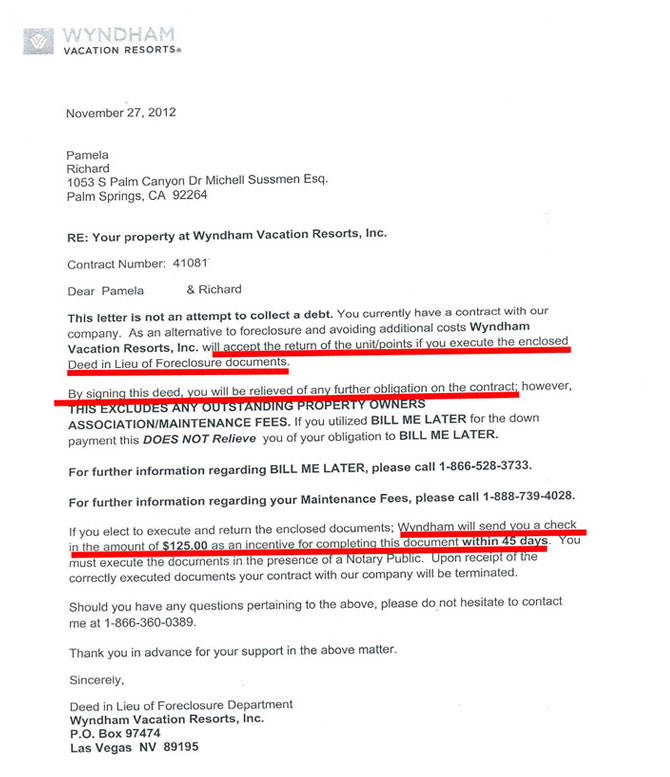Do not open a new credit card, buy a vehicle, or invest a considerable amount of cash. You do not want your credit history to fall or your lending institution to change its mind at the last minute. When you close your home mortgage loan-- which typically involves a lot of signatures-- it's time to take a minute to congratulate yourself.
That is worthy of a little bit of celebration-- even if you still face Check out this site the obstacles of moving into and getting settled in your new house.
A home mortgage loan or merely home loan () is a loan utilized either by buyers of real estate to raise funds to purchase property, or alternatively by existing homeowner to raise funds for any purpose while putting a lien on the property being mortgaged. The loan is "secured" on the customer's home through a procedure called mortgage origination.
The word home loan is obtained from a Law French term utilized in Britain in the Middle Ages indicating "death pledge" and describes the promise ending (dying) when either the commitment is fulfilled or the home is taken through foreclosure. A home loan can likewise be explained as "a customer giving consideration in the type of a security for a benefit (loan)".
The lending institution will normally be a monetary institution, such as a bank, credit union or building society, depending on the nation concerned, and the loan arrangements can be made either straight or indirectly through intermediaries. Functions of home loan such as the size of the loan, maturity of the loan, rates of interest, approach of paying off the loan, and other characteristics can differ significantly.
In numerous jurisdictions, it is typical for house purchases to be funded by a mortgage loan. Few individuals have adequate cost savings or liquid funds to allow them to buy residential or commercial property outright. In countries where the demand for own a home is highest, strong domestic markets for home loans have actually established. Mortgages can either be funded through the banking sector (that is, through short-term deposits) or through the capital markets through a procedure called "securitization", which transforms pools of mortgages into fungible bonds that can be offered to financiers in little denominations.
For that reason, a home loan is an encumbrance (constraint) on the right to the residential or commercial property just as an easement would be, but because most home mortgages occur as a condition for brand-new loan money, the word home mortgage has actually become the generic term for a loan secured by such real estate. Similar to other kinds of loans, mortgages have an rate of interest and are scheduled to amortize over a set time period, generally 30 years.
Home loan lending is the primary system utilized in many nations to finance personal ownership of residential and business home (see business home mortgages). Although the terminology and accurate forms will vary from country to nation, the basic elements tend to be comparable: Property: the physical house being financed. The precise kind of ownership will differ from nation to nation and might restrict the kinds of financing that are possible.
Constraints might consist of requirements to buy house insurance coverage and mortgage insurance coverage, or pay off arrearage before offering the home. Borrower: the person borrowing who either has or is Go to the website developing an ownership interest in the home. Lending institution: any loan provider, however generally a bank or other financial organization. (In some countries, especially the United States, Lenders may likewise be financiers who own an interest in the mortgage through a mortgage-backed security.
The payments from the borrower are afterwards gathered by a loan servicer.) Principal: the original size of the loan, which may or might not consist of particular other expenses; as any principal is repaid, the principal will go down in size. Interest: a monetary charge for use of the lender's cash.
Completion: legal conclusion of the home loan deed, and thus the start of the home loan. Redemption: last payment of the amount impressive, which might be a "natural redemption" at the end of the scheduled term or a lump amount redemption, usually when the debtor chooses to sell the property. A closed mortgage account is stated to be "redeemed".
Governments usually regulate lots of aspects of home loan lending, either straight (through legal requirements, for example) or indirectly (through regulation of the individuals or the financial markets, such as the banking industry), and frequently through state intervention (direct lending by the government, direct lending by state-owned banks, or sponsorship of numerous entities).
Home loan are generally structured as long-term loans, the periodic payments for which are comparable to an annuity and computed according to the time worth of money formulae. The most basic arrangement would require a repaired month-to-month payment over a period of 10 to thirty years, depending upon regional conditions.

In practice, numerous versions are possible and common around the world and within each nation. Lenders provide funds against home to earn interest earnings, and normally obtain these funds themselves (for example, by taking deposits or issuing bonds). The cost at which the loan providers borrow cash, for that reason, affects the expense of borrowing.
Home mortgage loaning will likewise take into consideration the (viewed) riskiness of the home loan, that is, the possibility that the funds will be repaid (typically considered a function of the creditworthiness of the customer); that if they are not paid back, the lender will be able to foreclose on the property properties; and the financial, rate of interest risk and time hold-ups that might be involved in certain circumstances.
An appraisal may be bought. The underwriting process might take a few days to a few weeks. In some cases the underwriting procedure takes so long that the supplied financial statements need to be resubmitted so they are existing. It is recommended to maintain the same employment and not to utilize or open new credit throughout the underwriting process.